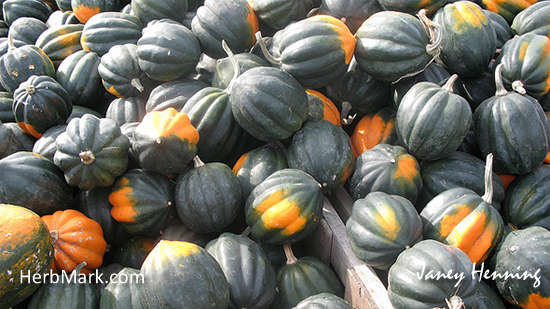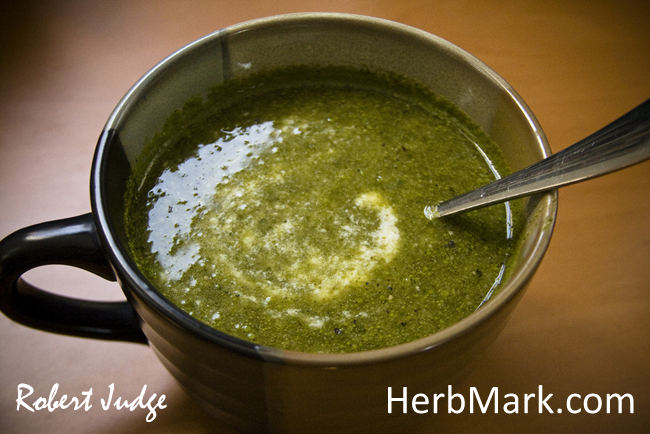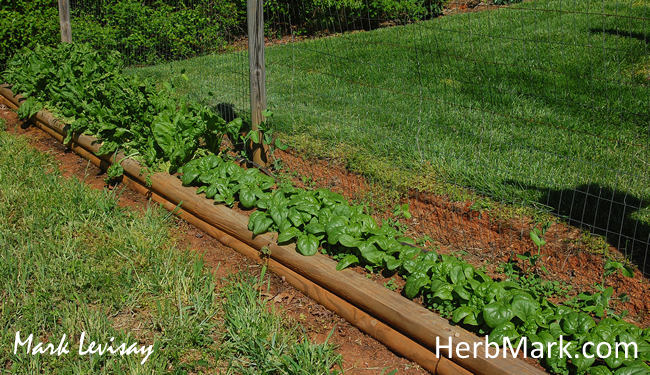So I was on the hunt for a bit of a homesteading project and looking around at what we have already thought there has got to be something more we can do with the apples from our 4 trees (I laughingly call it an orchard but I am not sure there are enough to actually qualify for that lofty a term). We occasionally buy apple cider vinegar for our chickens since reading last year that it can help with the respiratory illnesses chickens are so prone to and also generally will help to keep them healthy. It has to be the unfiltered kind (which would be the most expensive wouldn’t it?) to get the most benefits and as I was writing out our shopping list it dawned on me that it probably is something that we could, and should, be making ourselves.
And it turns out it is tasty, healthy, and ridiculously easy to make. I am so annoyed with myself for not doing this sooner! You can get a batch brewing in just a few minutes, and with a little stirring and lot of time, even the greenest DIYer can come through with some top-notch ACV.

From now on we will be making our own…
So, here’s what you need.
Ingredients:
- 5 whole apples, or an equivalent amount of apple scraps. A blend of sweet, sharp, and bitter apples (with roughly half being sweet) is recommended, but work with what you’ve got.
- Water
- 1 cup of raw sugar or honey
Equipment:
- 2 large glass jars or bowls (vinegar can corrode metal containers)
- Cheesecloth
Instructions:
The first step to making apple cider vinegar is to make some apple cider. Hard apple cider, actually, although I wouldn’t really recommend drinking it. Brewing ACV is a two-step process; first, the sugars naturally found in apples are converted to alcohol, which is then converted into acetic acid, which gives vinegar its, well, vinegar. Both steps take an awful lot of work – fortunately, you can delegate just about all of it to bacteria. A pack of friendly microorganisms do all the hard labor, you just have to set up a loving environment for them.
Here’s how (thanks to the Healthy Home Economist for the recipe):
- Wash your apples.
- Chop ’em up. Aim for rough-cut pieces no smaller than one-inch. Leaving them to brown for a bit actually helps the process along, so don’t be shy about letting your apples air out.
- Place the apples in your glass container, then cover them with room-temperature water.
- Stir in your sugar or honey.
- Cover the container with a cheesecloth, or just a paper towel if that’s all that’s handy. Any covering needs to keep flies and similar hazards out, while still allowing your cider mix to breathe. Secure the cover if necessary, but make sure that there’s still air circulation if you do.
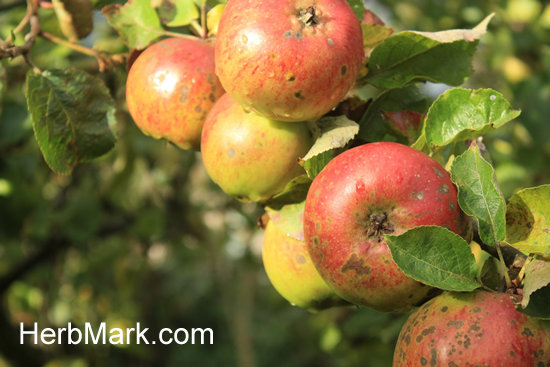
And then…wait. Leave the container someplace warm (attics in summer, water heater closets in winter), and let the bacteria do their thing. Gently stir the mixture once or twice per day. After a few days you’ll likely notice some bubbles forming on the surface of your concoction. It’s a good sign! Harmless carbon dioxide gas is a byproduct of fermentation, and just means you’re headed in the right direction.
After 2-3 weeks, you ought to be ready to head on the next stage. Retrieve your ACV-in-training; it’s time to give it a new home. Transfer your mixture to a clean glass jar or bottle, straining out all the apple bits as you do. Cover it as you did the first and then…wait again. Stow your container in a warm place, and wait 3-4 weeks while a new set of bacteria work their magic. Stirring isn’t necessary during this step, but feel free to check in and say hi. As you do, you might notice that your vinegar has developed a cobwebby film across its surface. This is, again, just a harmless bacterial byproduct. It’s called mother of vinegar, and can be easily strained out (or left in, if you think it looks appetizing).
After three weeks, feel free to start taste-testing. At this point, the conversion of alcohol to acid is an ongoing process, and it’s up to you to determine what percentage of V you want in your AC. And when you find that right balance, all you’ve got to do is strain, bottle, and…
Enjoy! Although we have so far only been using it for our chickens it apparently has a wide range of purported health benefits for people as well, ranging from weight loss to cancer prevention. Even if you’re the sort to take those claims with a grain of salt, you can’t say much against apple cider vinegar’s more culinary advantages. It’s famously wonderful in salad dressings, but also adds a bit of impact to soups (a new one on me). Apparently even surprising staples like clam chowder can benefit from a dash of ACV.
That’s the long and short of it – happy brewing!
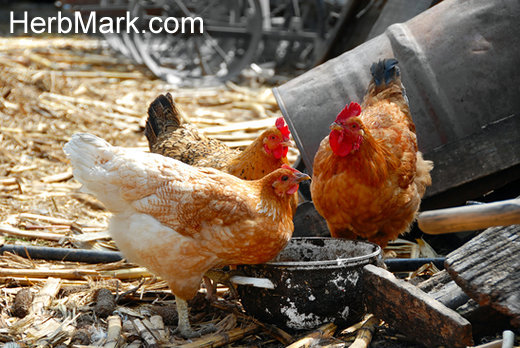
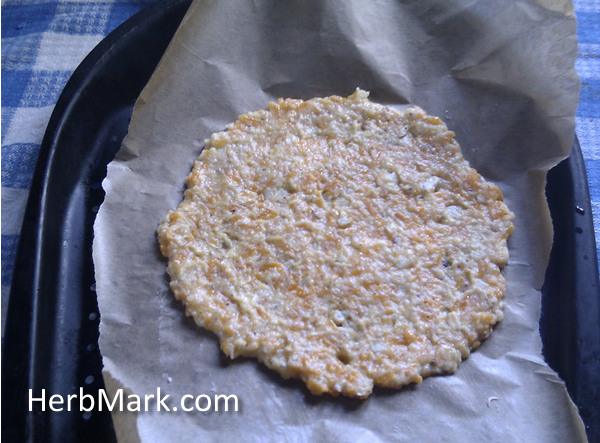


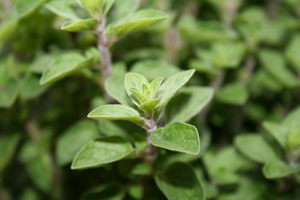 Parsley is easily grown in a pot or in a garden with rich soil that is well drained. The leaves of the plant are used in many recipes for flavoring and for giving a little color and texture. Adding a sprig of parsley to your plated up meal makes it more attractive to look at. Eating the sprig at the end of the meal will help freshen the breath and also cleanse the palate.
Parsley is easily grown in a pot or in a garden with rich soil that is well drained. The leaves of the plant are used in many recipes for flavoring and for giving a little color and texture. Adding a sprig of parsley to your plated up meal makes it more attractive to look at. Eating the sprig at the end of the meal will help freshen the breath and also cleanse the palate.